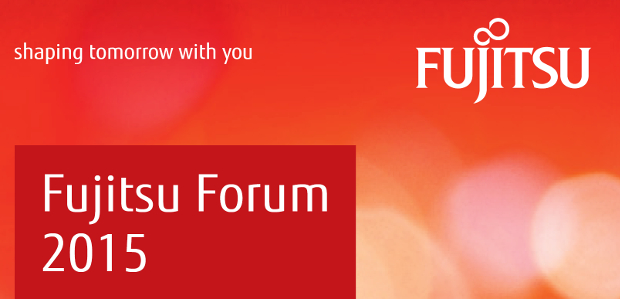Enterprise mobility can open up new conversations that can help in determining the path to digital transformation.
According to Jörg Hartmann, vice president, global client computing devices, Fujitsu, on a discussion panel at the Fujitsu Forum 2015, the process of determining what needs to be made available to mobile users can highlight areas where digital transformation can add value.
However, another panellist, Genevieve Bell, vice president, corporate strategy office and Intel Fellow, Intel, said that in both mobility and digital transformation, a common misconception is that everything will change. Bell pointed out that there are always legacy elements which will not change, nor need to change. “That is not a bad thing,” she said.
Bell said that in determining an enterprise strategy, organisations must look to see who is using what, and how, to understand how each would benefit from mobilisation and that determines what needs to be done.
The process of mobilisation will often yield new opportunities too, said Hartmann. He said that in the certain areas on the job training and learning can be facilitated through the use of various mobile technologies. Hartmann gave the example of an engineer wearing an augmented reality headset, with sensor-equipped gloves that can be guided through a new procedure on the spot in real-time.
The panel also discussed areas where mobilisation may not apply. Bell said that call centres often deal with sensitive information and so even though mobile type technologies can be used to deliver desktops to the workers, the essential function often still needs to be centralised and contained. Hartmann added that certain public service operations too, in dealing with sensitive information and services to citizens do not suit mobile availability.
Enterprise mobility is one of the macro trends being addressed at the forum, and central to this was an announcement of a new hybrid device from Fujitsu.
Highlighting the fact that workers can leverage flexibility and versatility in tools to increase their own productivity, Fujitsu has introduced the STYLISTIC R726 hybrid laptop/tablet device. Powered by Intel Core i7 processors, the R726 is a powerful personal device with a 318mm (12.5”) screen that can perform as a tablet or a fully featured laptop.
The R726 has a 12-hour battery, and is aimed squarely at those who need a fully featured device that is also highly mobile, for use on the move with a keyboard or in the hand as a tablet.
“The argument has raged for years about whether or not tablets are really up to the task of replacing a traditional clamshell notebook,” said Hartmann. “Until now there have been compromises on both sides. In developing the new STYLISTIC R726, we focused on giving people the operational frameworks and innovative IT solutions they need to work more flexibly, and to adapt to their own unique needs. The result is a beautifully engineered device that’s a pleasure to use in all circumstances. Fujitsu has now delivered the definitive product to end the ‘tablet or clamshell’ debate for good.”
The device has a durable magnesium-aluminium housing that is both protective and allows easy handling. It features built-in 4G/LTE connectivity, plus security features including encrypted drives, TPM and NFC-based contactless SmartCard authentication.
Fujitsu said that by standardising on the use of Microsoft Windows 10 operating system, it is ensuring that organisations enjoy easy deployment and device management via existing tools, meaning faster and automated processing of administrator work tasks and a solid foundation for fully digitalised processes.
Weighing 798g and at just 9.5mm thick, the R276 goes up against the likes of Microsoft’s Surface, sharing as it does, a detachable magnetic keyboard and stand.
TechCentral Reporters






Subscribers 0
Fans 0
Followers 0
Followers